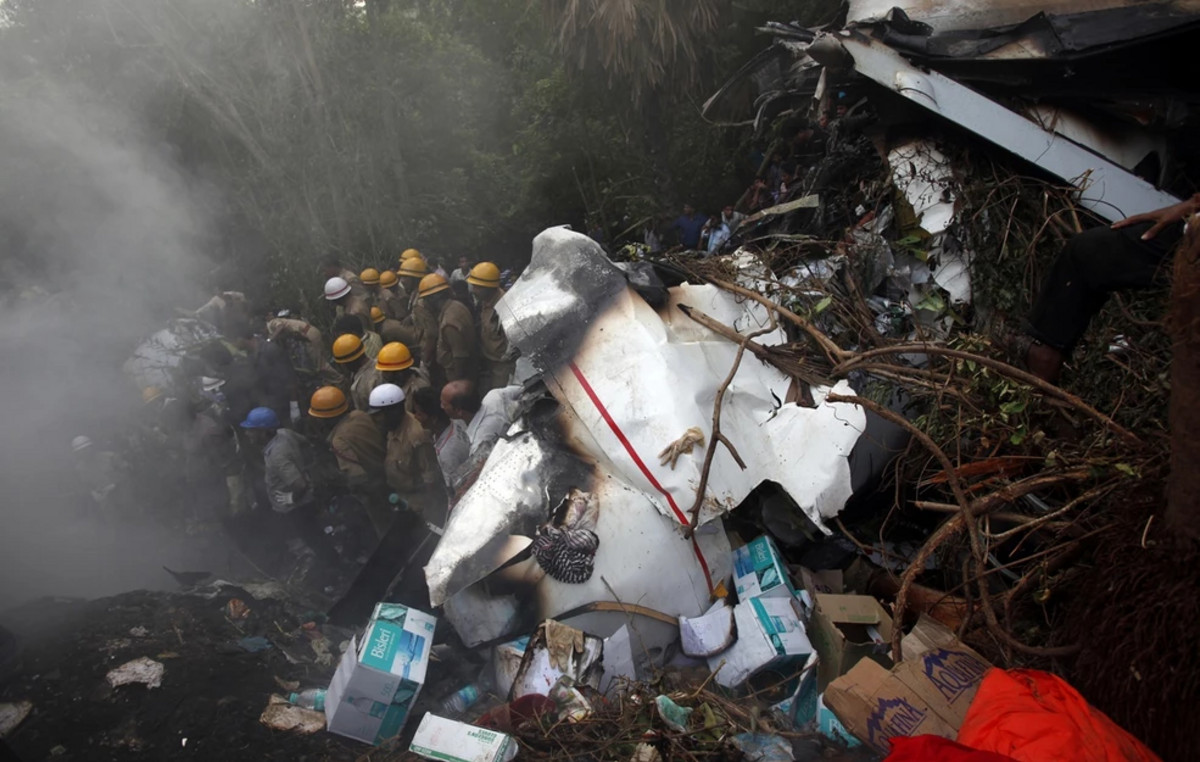International oil prices extended Wednesday’s losses on Thursday, with Brent falling to pre-Russian invasion of Ukraine levels and US crude falling below the $90 barrier.
The global benchmark, Brent oil for October deliveryfell $2.66, or 2.8%, to $94.12 a barrel, its lowest close since Feb. 18.
On the other side of the Atlantic, the US WTI crude for September delivery It “lost” $2.12, or 2.3%, to close at $88.54 a barrel, its lowest close since February 2 and its first close below $90 since the 10th of the same month.
On the supply side, some of the extreme tightness seen in oil markets in recent months has also eased. Traders are paying smaller premiums for spot-delivery barrels, and so far there is limited evidence of a significant hit to Russia’s crude exports, despite the sanctions.
Falling prices will continue to help cushion the impact of higher fuel prices, which have fueled runaway inflation in recent months.
On Wednesday, OPEC and its allies in the broader OPEC+ cartel announced one of their smallest output increases, a sign of limited available spare capacity.
The announcement, also on Wednesday, by the US Energy Information Administration (EIA) that the country’s crude stockpiles rose by 4.5 million barrels in the week ended July 29 led to a significant deceleration in prices, combined with an increase by 200,000 barrels of national gasoline reserves.
“The oil market is in a middle-of-the-road situation as demand destruction is combined with very limited oversupply. The market staying in a bearish trend is not very likely, however a break of the $90 technical barrier leads to a selling momentum,” he said. Edward Moya, senior market analyst at Oanda, in a note.
He added that the general slowdown of the world contributes significantly to the bearish climate for the “black gold”.
Natural gas in Europe is marginally below 200 euros
European gas prices also ended up almost flat, reversing initial losses, after Russia reported difficulties with Nord Stream pipeline equipment, as Moscow said its turbines needed maintenance which could be delayed due to of Western sanctions against Moscow.
Three compression turbines need maintenance, while another, which has been repaired, remains in Germany, with Berlin and Moscow blaming each other for not receiving it from the Russians.
The pipeline is operating at 20 percent of its capacity, with the European Union accusing Russia of political games aimed at pressuring Europe to withdraw its support for Ukraine, which has been under Russian military invasion since February.
The Dutch TTF September contracta reference point for the entire European continent, thus closed with little change at 199.25 euros per megawatt hour, close to its highest levels since the beginning of March.
Its British counterpart rose 2.4%, due to planned maintenance of natural gas facilities in the country.
Source: Capital
I am Sophia william, author of World Stock Market. I have a degree in journalism from the University of Missouri and I have worked as a reporter for several news websites. I have a passion for writing and informing people about the latest news and events happening in the world. I strive to be accurate and unbiased in my reporting, and I hope to provide readers with valuable information that they can use to make informed decisions.







